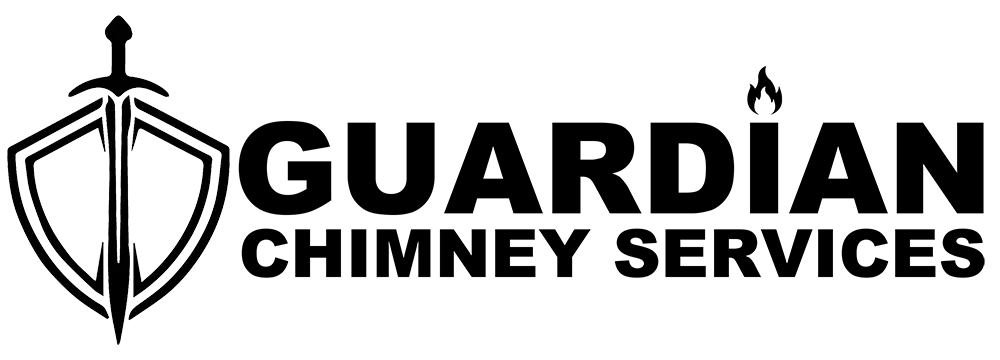
Chimney inspection is the process of examining and assessing the condition and functionality of a chimney. It is an important aspect of chimney maintenance and safety. Regular inspections help identify any issues or potential hazards that could affect the performance of the chimney or pose a risk to the occupants of a building.
Here are some key points about chimney inspection:
1. Purpose: The primary purpose of a chimney inspection is to ensure the safe and efficient operation of the chimney system. It involves checking for any structural damage, blockages, buildup of creosote (a byproduct of burning wood), and other issues that could compromise the chimney’s performance.
2. Types of inspections: There are three levels of chimney inspections, as defined by the National Fire Protection Association (NFPA):
- Level 1: This is the most basic inspection and is recommended when there have been no changes to the chimney system and no known problems. It involves a visual examination of accessible portions of the chimney, looking for any obvious issues.
- Level 2: This is a more comprehensive inspection and is recommended when there have been changes to the chimney system, such as a new appliance installation, or if there are known problems. It includes a Level 1 inspection as well as a more detailed examination, which may involve the use of specialized tools or cameras to inspect the interior of the chimney.
- Level 3: This is the most detailed and invasive inspection. It is conducted when a Level 1 or Level 2 inspection reveals a serious problem that requires further investigation. Level 3 inspections may involve removing parts of the chimney or building structure to access and evaluate concealed areas.
3. Frequency: The frequency of chimney inspections depends on several factors, including the type of fuel used, the frequency of use, and the age of the chimney. As a general guideline, it is recommended to have a chimney inspection at least once a year.
4. Benefits: Regular chimney inspections offer several benefits, including:
- Ensuring the safe operation of the chimney system and reducing the risk of chimney fires or carbon monoxide leaks.
- Identifying and addressing any structural issues or damage, such as cracks, leaks, or deterioration, which can prevent further damage and costly repairs.
- Detecting and removing any blockages, including bird nests, debris, or creosote buildup, which can hinder proper ventilation and affect the efficiency of the chimney.
- Assessing the condition of the chimney liner, which plays a crucial role in preventing heat transfer to combustible materials and maintaining the structural integrity of the chimney.
5. Hiring a professional: It is recommended to hire a professional chimney sweep or a certified chimney inspector to perform chimney inspections. These professionals have the knowledge, expertise, and specialized tools to conduct thorough inspections and provide appropriate recommendations or repairs.
In summary, chimney inspection is a vital part of chimney maintenance and safety. Regular inspections help ensure the proper functioning of the chimney system, identify potential issues, and mitigate any risks associated with chimney operation.
